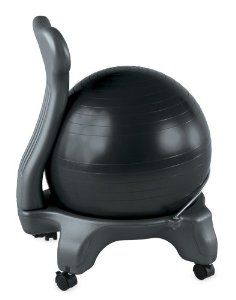Today's Regulation Rendezvous will focus on the use of Preferential Seating.
Preferential seating means that a student’s seat is placed in a
location that is most beneficial for his/her learning. Preferential seating is
often necessary for a student with autism. Organizing physical space to
minimize the negative impact of classroom stimulation is an important
educational consideration. To the extent possible, furniture and classroom
space should be arranged so that a student with AS/HFA is not bombarded with
any more stimulation than is necessary.
Below are some things to consider:
- Seat the
student close to the teaching areas – within 3 – 4 feet when possible.
This way the teacher can monitor student progress. Also, the student will
be less likely to be distracted by interfering stimuli.
- It is also
helpful to have the student facing away from the noisiest or busiest parts
of the classroom.
- Seat the
child with autism in close proximity to a teacher-selected peer
partner(s). This will allow the child with autism to be able to model
his/her response from a good peer example. It will also give the student a
support other than the teacher when he/she needs additional guidance.
- Many students
with AS/HFA benefit from having their own independent work area or
office-like arrangement for part of the instructional day. This can look a
variety of ways. One suggestion is a desk separated from the general
classroom by a divider or bookcase. This will further reduce distractions
during independent work time.
We love the use of a study carrel to provide an independent work area. Tabletop or full cubby carrels can be purchased.
 |
| Jennifer Jette, Vandalia-Butler School District |
 |
| Beth Young, Springfield City Schools |
DIY study carrels can be made with a tri-fold board or two folders.
Sometimes preferential seating includes adaptive seating options which can be used in a variety of classroom situations including seatwork, sitting at the carpet, or in a home base location. Adaptive seating options provide various benefits such as:
Increased Physical Boundaries
 |
| Anne Rosenbaum, Kettering City Schools |
Increased Visual Boundaries
 |
| Emily Ottmar, Mad River Local Schools |
Core Support
Vestibular (Movement) Input
 |
| Hokki stool |
 |
| place tennis balls on alternating chair legs for vestibular input! |
Proprioceptive (Deep Pressure) Input
 |
| Kate Pennington, Kettering City Schools |
 |
| Rachel Hatton, Centerville City Schools |
 |
| Taylor Ruef, Mad River Local Schools |
































